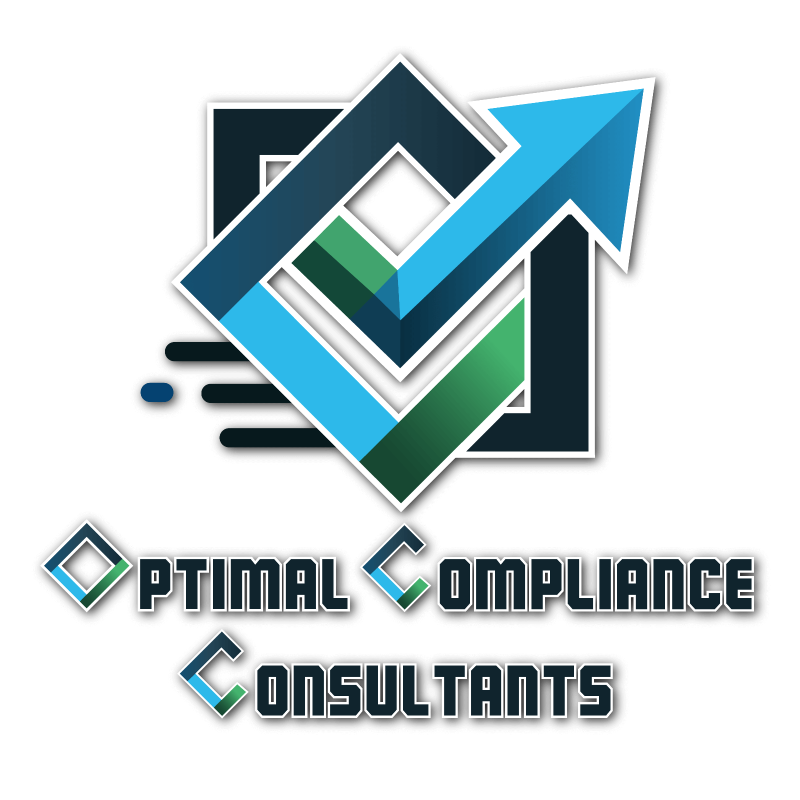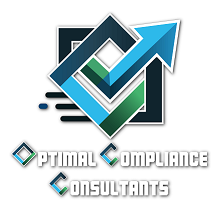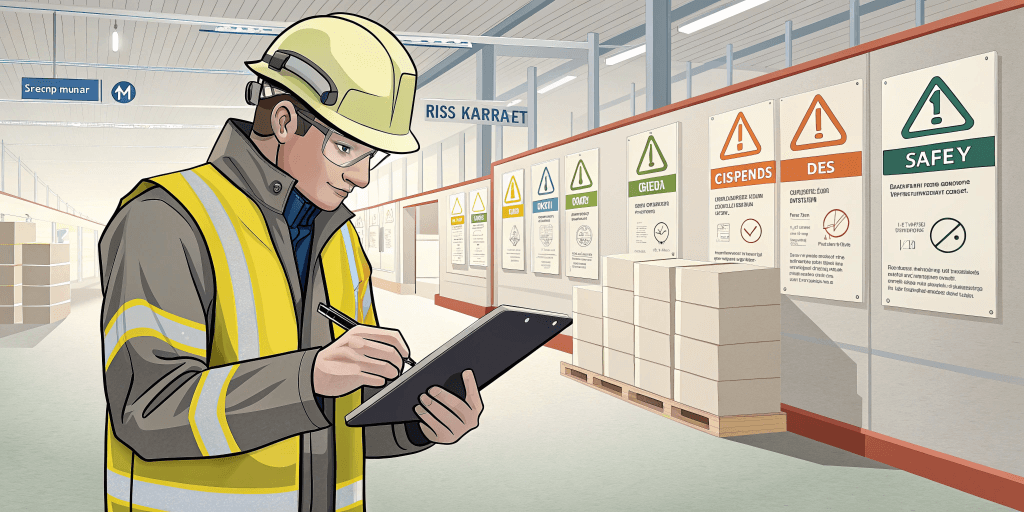The Complete Guide to Safety Auditing: Ensuring Compliance
Safety auditing is essential for ensuring that your organization complies with regulations, protects its workforce, and fosters a safe and efficient working environment. This guide outlines how to conduct effective safety audits, follow best practices, and ensure compliance with the Occupational Health and Safety (OSH) Act.
What is Safety Auditing?
Safety auditing is the systematic review of workplace safety practices, systems, and environments to ensure compliance with legal requirements and identify potential risks. By proactively addressing safety concerns, audits help organizations prevent incidents and maintain operational excellence.
Conducting Effective Safety Audits
Conducting a safety audit involves assessing all aspects of workplace safety, from policy compliance to on-site practices. Below is a step-by-step approach for conducting an effective audit:
- Define the Scope: Identify which areas, processes, or departments will be audited.
- Prepare Audit Documentation: Use checklists tailored to your industry and the OSH Act’s requirements.
- Conduct Site Inspections: Examine work areas, equipment, and processes for hazards or non-compliance.
- Interview Stakeholders: Speak with employees and supervisors to understand how safety policies are implemented in practice.
- Analyze Findings: Compare observed practices to compliance requirements and industry standards.
- Report and Recommend: Provide a comprehensive report outlining non-compliance issues, risks, and recommended corrective actions.
- Follow Up: Ensure that corrective actions are implemented and re-audit if necessary.
Health & Safety Audit Best Practices
Implementing health & safety audit best practices ensures thorough and effective reviews. Consider the following:
- Regular Audits: Schedule audits quarterly or semi-annually to maintain high safety standards.
- Compliance-Focused Training: Train your audit team on the latest updates to the OSH Act and sector-specific regulations.
- Engage External Auditors: Independent experts provide unbiased insights and industry-specific expertise.
- Document Everything: Maintain detailed records of each audit to demonstrate compliance and track improvements.
Key Regulations for OSH Act Compliance
In South Africa, compliance with the Occupational Health and Safety (OSH) Act is mandatory for all employers. Audits should focus on compl9ance with all regulations some examples includes:
General Duties of Employers (Section 8):
Employers must provide a safe working environment by:
- Identifying and mitigating workplace hazards.
- Providing employees with proper training and personal protective equipment (PPE).
- Maintaining all machinery and equipment to safe operating standards. etc.
Hazardous Chemical Agents
Employers handling hazardous substances must:
- Store, transport, and dispose of materials safely.
- Provide workers with appropriate training and protective gear.
- Keep detailed records of hazardous substance use and exposure incidents.
Emergency Preparedness (General Safety Regulations):
- Develop and implement an emergency response plan.
- Ensure fire exits and emergency equipment are readily accessible.
- Train employees on evacuation procedures.
Find a breakdown of relevant regulations here
OSH Audit Procedures and Checklists
To conduct a comprehensive audit, your checklist should align with the OSH Act’s requirements and industry-specific regulations. Include the following:
- Are workplace hazards adequately identified and mitigated?
- Are employees trained on safety protocols, and are training records up to date?
- Is PPE provided and used correctly?
- Are emergency exits, fire extinguishers, and first aid kits accessible and maintained?
- Are machinery and equipment inspected and serviced as per regulations?
- Are hazardous substances stored and labeled in compliance with safety standards?
Benefits of Regular Safety Audits
Conducting regular safety audits delivers numerous benefits, including:
- Legal Compliance: Avoid fines and legal repercussions by adhering to the OSH Act.
- Accident Prevention: Identify and mitigate risks before they lead to incidents.
- Improved Employee Morale: A safe workplace fosters trust and satisfaction among employees.
- Enhanced Reputation: Demonstrating a commitment to safety boosts your credibility with clients and partners.
- Cost Savings: Reduce costs associated with workplace injuries, downtime, and legal disputes.
Conclusion
Safety auditing is a vital process that goes beyond compliance to protect employees and optimize workplace operations. By following health & safety audit best practices and ensuring compliance with the OSH Act, organizations can create a safer, more productive environment. Start conducting effective safety audits today and take proactive steps toward a secure future for your business and workforce.





